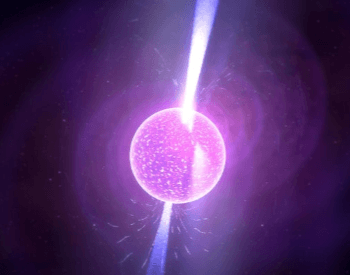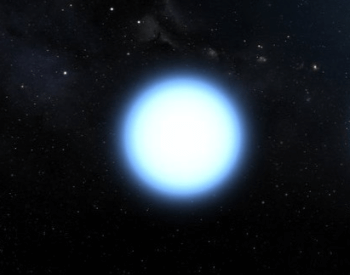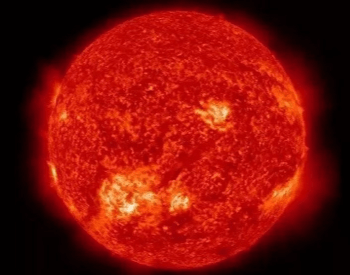
This web page contains star facts for kids and is a great resource for anyone of any age researching stars. We’re going to provide you with the latest and most accurate facts about stars from scientific sources. Alongside stars facts, you’ll get to see some awesome pictures of different types of stars and additional resources on stars.
The star facts below will help you understand what a star is, how many different types of stars are in our universe, the lifecycle of stars, what are some famous stars and other useful facts about stars. We hope the below facts about star are helpful and make researching stars fun, while opening your imagination into space.
If any of the below star facts are inaccurate or out of date, please contact us and let us know.
20 Star Facts for Kids
- A star is a luminous astronomical object made up of plasma held together by its own gravity.
- The closest star to the planet Earth is our sun and is 92.96 million miles away.
- The second closest star to the planet Earth is Proxima Centauri and is 4.244 light years away.
- Astronomers estimate there are 200 to 400 billion stars in the Milky Way galaxy.
- Astronomers estimate there are 1 billion trillion stars in the observable universe. If you were to write out that number, it would be a one followed by 21 zeros.
- The effective temperature of a star can be as cool as 2,400 K or hotter than 30,000 K.
- Stars with an effective temperature higher 7,500 K are white to blue.
- Stars with an effective temperature between 6,000 K and 7,500 K are white.
- Stars with an effective temperature less than 6,000 K are yellow to red.
- In our universe, stars come in all shapes and sizes. The largest stars in our universe can be 1,500 times bigger then our sun, while the smallest stars can be between 12.5 and 25 miles in diameter.
- Stars that are close enough to be linked together by gravity are called binary stars and multi-star systems.
- Solar mass is a value used in astronomy to compare the size of other stars to the sun in our Solar System. For example, a star with a solar mass of 10 would be 10 times bigger than our sun.
- The size (mass) of a star determines how long it will live. Astronomers believe a star with a solar mass of 1.0 could live 10 billion years, while a star with solar mass of 30 would live 11 million years.
- Some stars die with a massive, violent, but beautiful explosion known as a supernova.
- Some stars that go supernova leave behind a black hole.
- In the Milky Way galaxy, the most common type of star is a red dwarf.
- The nearest known white dwarf star to Earth is Sirius B. This white dwarf is 8.6 light years away and its one of the most massive white dwarfs that astronomers have discovered.
- The red giant star HE 1523-0901 is the one of the oldest stars discovered, its estimated to be 13.2 billion years old.
- The first neutron star, PSR B1919+21, was discovered in 1967 by Jocelyn B. Burnell.
- A very young star that is still forming is called a protostar.
Star Pictures



Additional Resources to Research Stars
- Learn About Stars – Find more facts about stars on the Study Astronomy Online at Swinburne University website.
- Different Types of Stars – Discover all the different types of stars in our universe on the Universe Today website.
- Star – Wikipedia – Learn more about stars on the Wikipedia website.
